‘Don’t think about making art, just get it done. Let everyone else decide if it’s good or bad, whether they love it or hate it. While they are deciding, make even more art.’ Andy Warhol
Andy Warhol’s famous quote could be straight out of the mouth of Lauren Austin. Perhaps all true artists simply love making art for art’s sake.
Lauren began making quilts with her family at the age of seven and continued throughout her adult life whenever she could, in her spare time. After working as a computer consultant and then attending law school, she became a human rights lawyer and lecturer.
But one day, when she found herself thinking about fabric colour-matching while teaching her law students, she realised she couldn’t lead two lives.
A timely invitation to submit a quilt for a big show was the catalyst she needed to switch careers.
Today, Lauren is known for her quilts honouring her ancestors, family and friends. Along the way, she’s broken boundaries, fostering an unconventional array of techniques not usually associated with quilting, including stone lithography and beading.
All of which results in unique, effervescent works that speak to her life as an African American female artist. We delve into how Lauren manages a full-time career working on her art quilts – all from her apartment in Florida, USA.
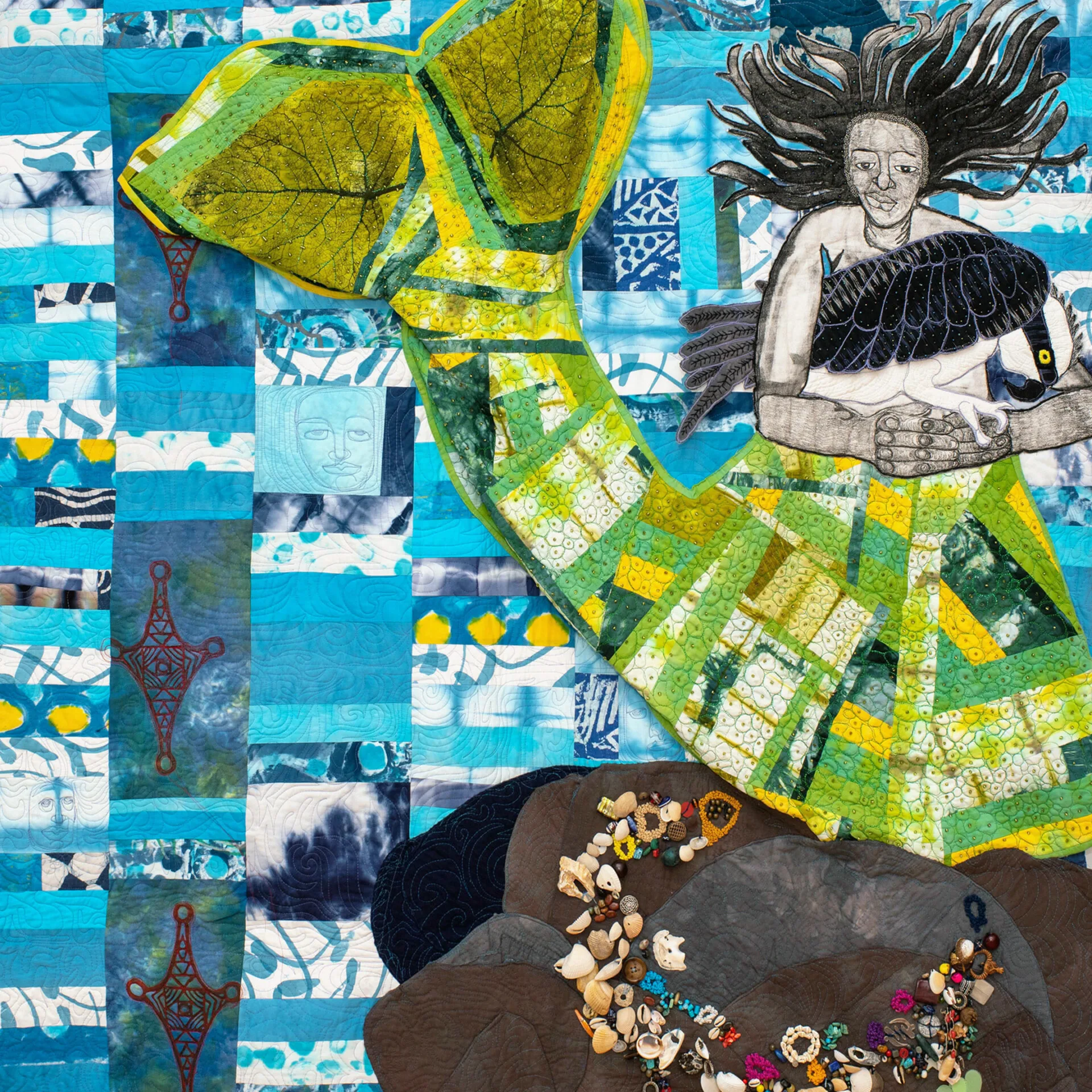
Making quilting a priority
Lauren Austin: I call myself a ‘quiltist’, by which I mean a quilt artist, but I’m also a storyteller and instructor.
I use family photos and my hand-dyed, printed and painted fabric to make quilts and prints about my life as an African American woman artist, and about my obsessions with birds and leaves.
“Quilts are how I honour my ancestors, my family and friends. Making quilts keeps me alert, active and interacting with the world.”
Lauren Austin, Quiltist
A variety of different art methods add design and interest to my work, including raku-fired ceramic masks, retro photochemical processes like cyanoprint, and etching and burning fabric to create complex surface design.
Until 2004, I worked in other jobs, as a US foreign service officer, computer consultant and later as a human rights lawyer. While working in those jobs I made quilts at night and on the weekends.
That year I had an epiphany. I was explaining a law term to a group of students, while at the same time, my mind was on my art. I was thinking ‘Yellow next to magenta is so sparkly, how is that possible?’. It was like I was two people in one – I found myself thinking this can’t go on.
Soon after that, the curator, artist and founder of the Women of Color Quilters Network (WCQN), Dr Carolyn Mazloomi, called me. She was putting together a big show called Threads of Faith and invited me to contribute a quilt.
I hadn’t made a quilt in two or three years. I put my head on my desk and cried. An opportunity appeared, but I had nothing made.
I went home and told my husband. He said (or rather I heard): ‘You have to give it up, it’s too hard’. That’s the only time I considered divorce.
GIVE UP QUILTING??!! My husband stopped me and said no, it was time to stop that other stuff and just do the quilting. He is the best husband.
“I took my husband’s advice, quit my job and went to quilting full-time. It was hard – I had to hunt down teaching art gigs and commissions, but it was the best thing I ever did.”
Lauren Austin, Quiltist
Right now, I live and work with my husband in an apartment that is three-parts studio and one-part living space in Maitland, Florida, outside of Orlando. I work nine to five and treat my art quilt practice as a career.
I like working at home. It saves money, and it’s great to have all my tools and supplies available 24/7. One bedroom is a work area for linoleum and woodblock carving, and the other is a bedroom and living room. I have a longarm machine, two other sewing machines and several large design walls.
I’m lucky to have a life partner who is happy with this arrangement. By living within the workspace, I’m able to sit with my experiments and tweak them constantly. It’s a good setup for me. We have a nice, screened porch with plants and a lake at the back with birds, frogs and the occasional alligator.
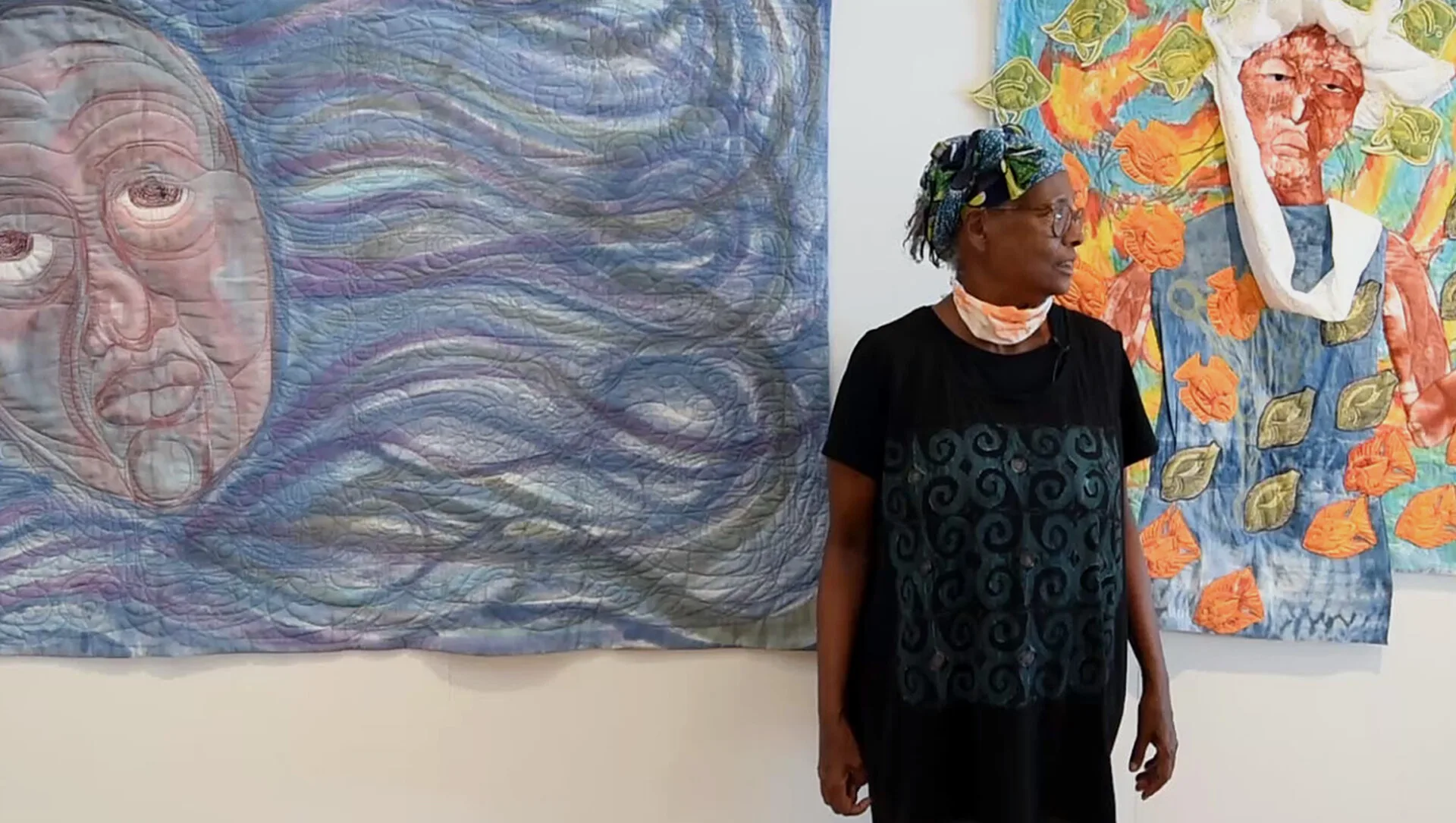
My learning legacy
My mother, Elizabeth R Turner, was a lifelong learner and reader. My mother’s people were teachers. My maternal grandmother was one of the first black librarians in Chicago. My legacy from all of them is to learn new things all the time, forever.
My mother’s response to any idea or question I had was: ‘There’s a book in the library to help you do what you want to do’, and we would go to the library to find it. Searching for information and experimenting became second nature in life and in art. It brought me deep into quilting at a young age, leading to the creation of my first quilt.
“This philosophy of lifelong learning led me to see how different art-making ways could be used on fabric and incorporated in quilts.”
Lauren Austin, Quiltist
I was also greatly influenced by the group of textile artists that were my mother’s friends. These women came to our house every Tuesday evening to sew or make crafts together. Each one worked on her own projects, and sometimes they worked on a project together.
They told stories, laughed, and enjoyed each other’s company while making things. The feeling of touching fabric and sharing friendship are intertwined for me.
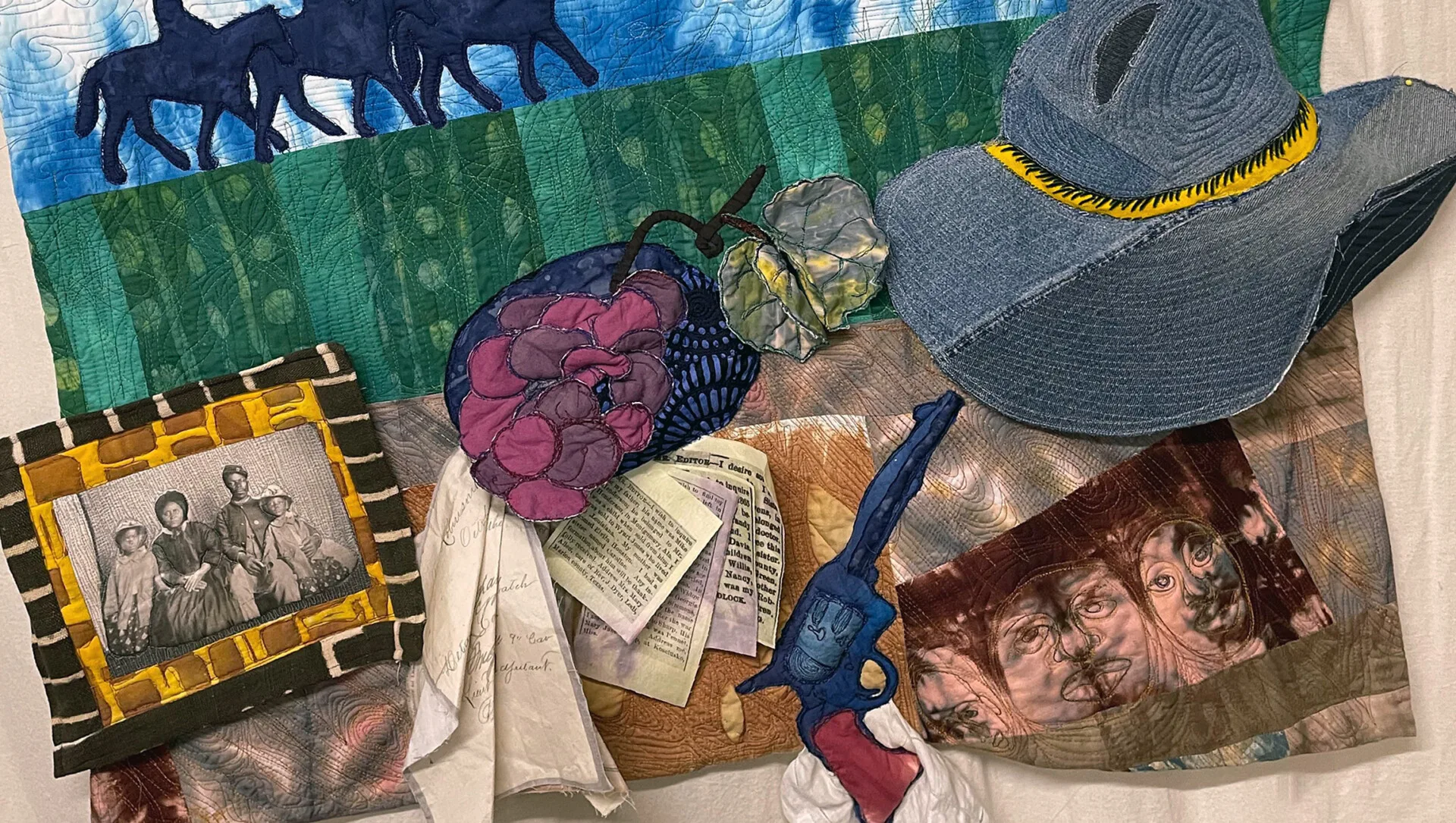
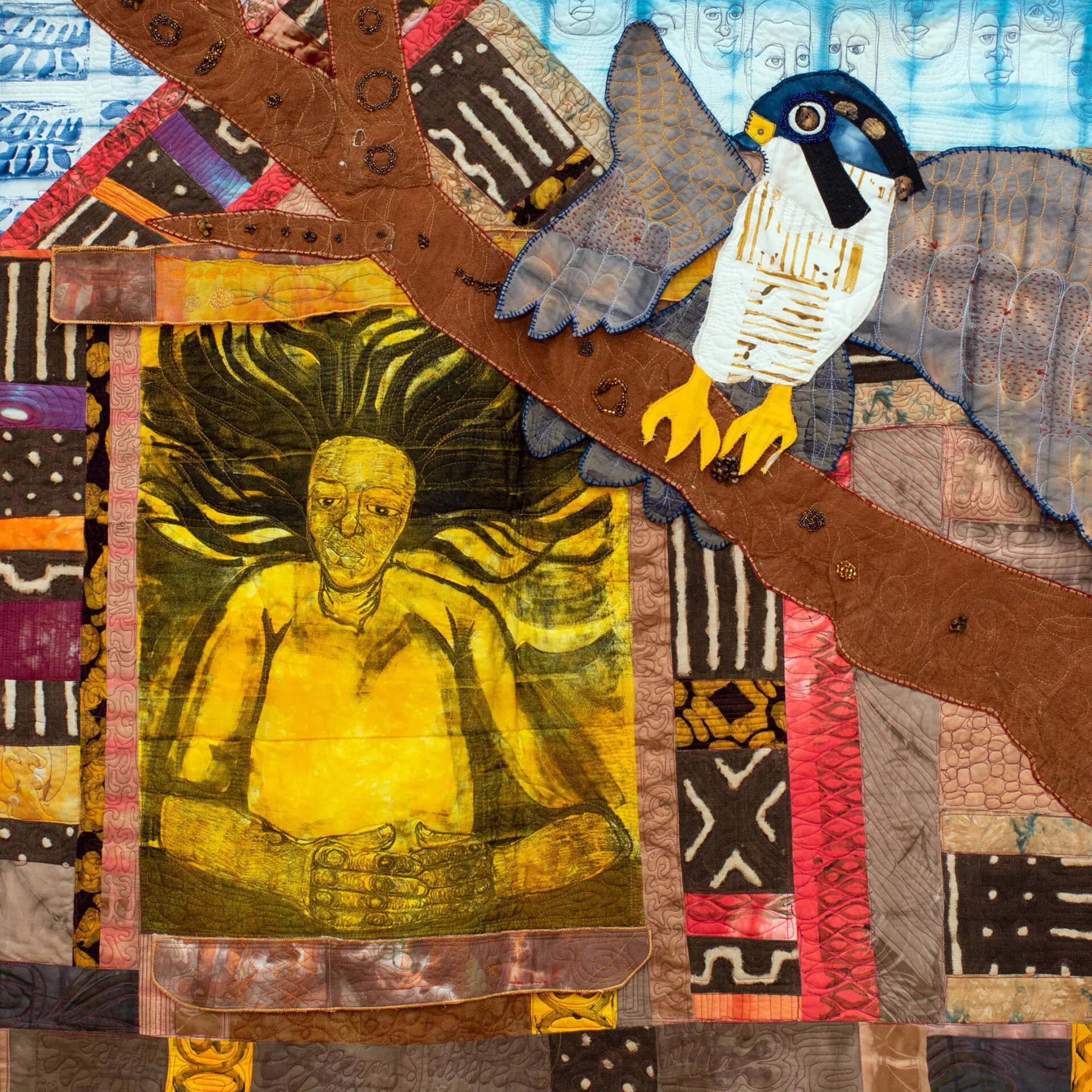
Kindness of teachers
Artistic development happens in many ways. No one approach has ever been enough for me. I was lucky to find people who were generous in giving their time, willing to share their skills if I wanted to learn, yet be open to applying their techniques to fabric.
I always found teachers who were strong and comfortable in their own art, so they didn’t want to change my aesthetic or force me to make exactly what they made.
For example, I learned the stone lithography printing technique from Charles Criner, who had only ever made prints on paper. This was during a hard time in my life. My husband was sick, and the printmaking was a respite from caregiving. Charles made sure that I didn’t have to worry about paper or tools and often bought me lunch at a time when I didn’t have money to spare.
“Charles never told me what to make. I am ever grateful for his kindness and for giving me the opportunity to learn. This is what art experiments can do.”
Lauren Austin, Quiltist
I made many drawings and prints in his studio, amassing a pile of paper prints that I liked, but with no idea how to use them. I asked Charles if I could print on fabric. Even though he’d never done so, he was open to the experiment and pleased with my results.
He had a more traditional view of quilts but came around to my way of making because of our work together. Even though his drawings and paintings had a similar background – black life and black history – they were very different from mine.
I’m also proud of the five years I spent living in Ningbo and Shanghai, China, working with other artists, learning about Chinese textile work, and experimenting with screen printing and dye painting on fabric.
I learned to make traditional Chinese baby shoes from a friend’s mother – she spoke no English and I spoke no Chinese. With patience, gestures, laughter and good strong tea, I spent several months of Saturdays sewing shoes for my first granddaughter.
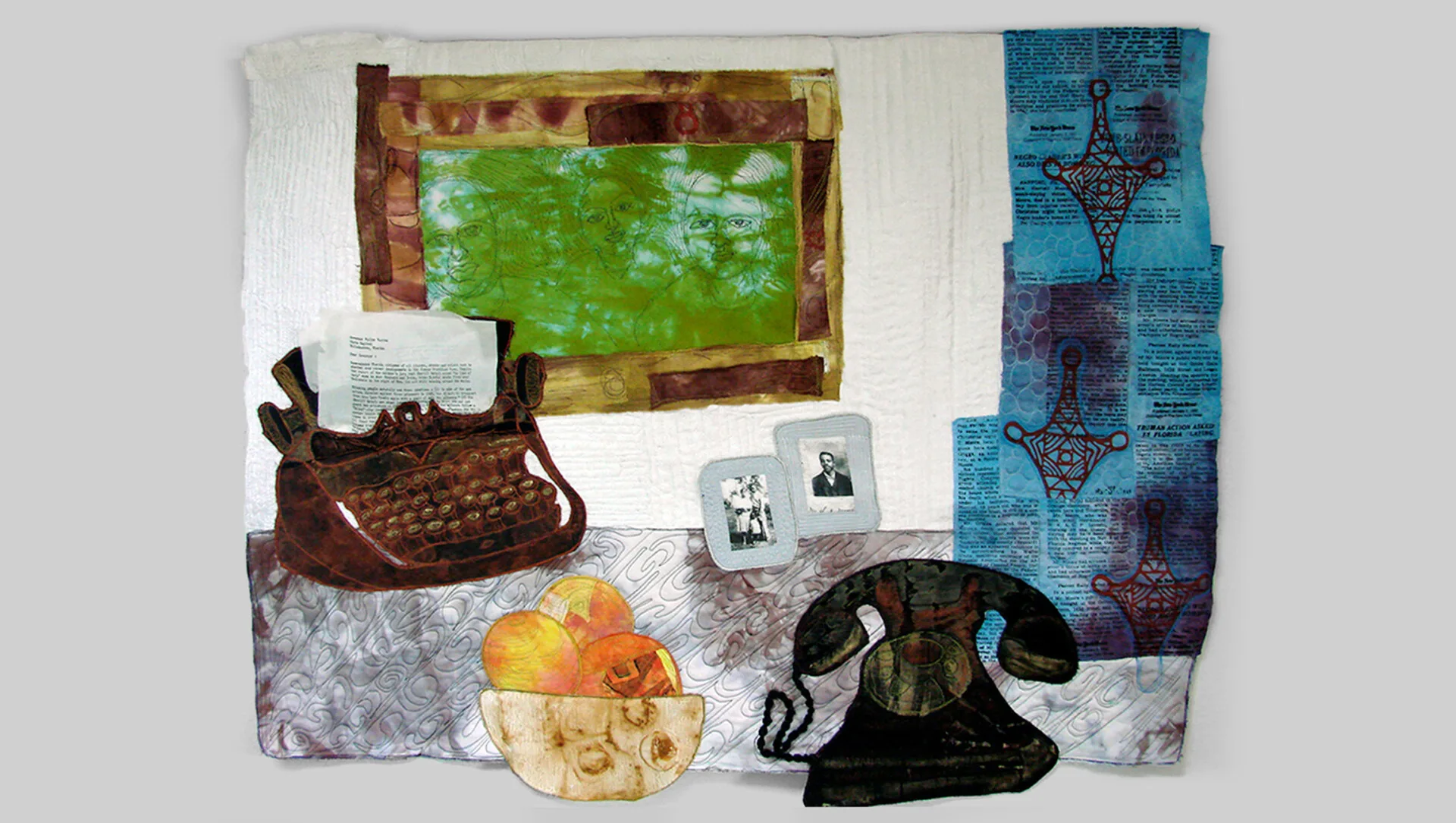
Stitching black history
When I started out, I made a lot of quilts with images of African American history.
I’ve been a longtime member of the WCQN. Dr Mazloomi puts out a call for work on a certain topic and the artists respond to the topic. Her show and book And Still We Rise was a timeline of African American history from 1619 to the present, and for this exhibition, I made two pieces about Florida’s Black history.
His Instruments of Justice was about Harry T Moore, of the National Association for the Advancement of Colored People (NAACP), who was murdered because of his work advocating for black people.
We Hid in the Woods and the Swamp was about the Rosewood massacre in 1923. I suggested Rosewood and Harry T Moore as subjects because Florida’s Black history is so complicated and mostly unknown. His Instruments of Justice is now in the collection of the Smithsonian Museum of American Art/Renwick Gallery.
I made these pieces while living in Shanghai and feeling homesick for Florida Black life. Making the pieces was a great way to stay close to my people, and to show my friends in my new home what my culture and history were about.
Sharing my work prompted my studio mate, Nini Sun, to ask me what I would make if I just made the art in my head, without a purpose in mind. It was an amazing ‘aha’ moment and unleashed a flurry of art-making that has been with me ever since.
I still make themed work – there are too many historic and important stories about black people all over the world that call to me to make something – but I now listen to my inner voice much more than ever.
“I want people to see the diversity of my experience as a black woman: that I have many facets that make up ‘me’.”
Lauren Austin, Quiltist
I think of my work as very personal self-expression. It isn’t theory or experimentation for the sake of saying ‘I can do this’. The processes serve to explore and show who I am now and how I got to this place.
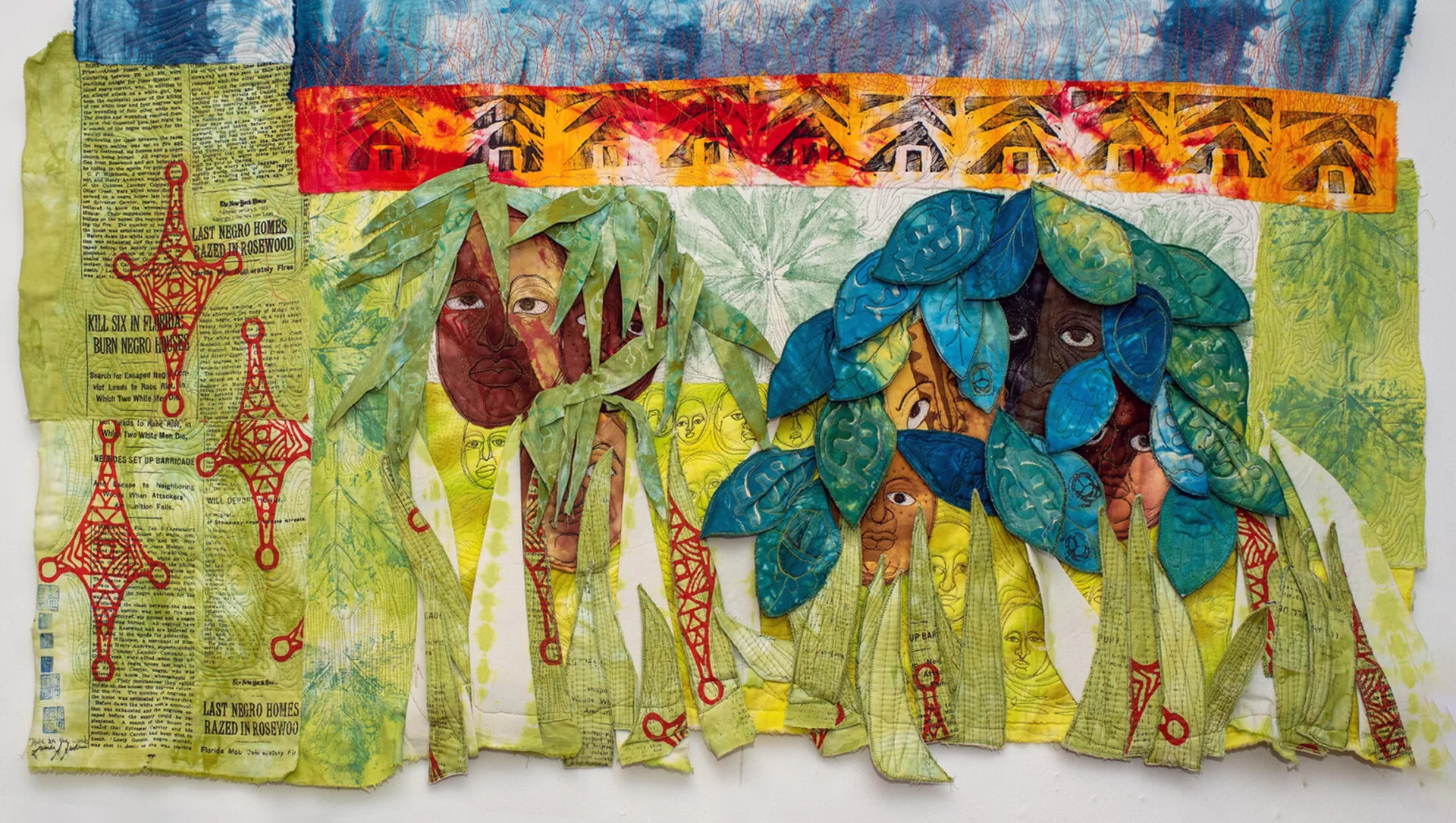
Family stories
Idea development is both planned and intuitive. I work with issues I’m obsessed with – maybe a current event, maybe a deep dive into my feelings about something or someone.
For many years I’ve made pieces using my family photos going back seven generations but, as I age, it becomes more urgent that I make more, to be sure my descendants will understand who I was when I’m not here anymore.
I love making work about my family because they can give me a true response to my choices and how the work fits with their recollections. I sent photos of Beth’s Indoor Garden to my cousin while I was working on it. I didn’t say what it was about, or anything other than look what I’m working on!
I made the original sketches with a particular photo of my mom in mind where she is sitting at her dining room table with her cat, surrounded by her favourite potted plants. I thought I was done with the piece – that’s the point I usually show work to someone else.
My cousin looked at it and said: ‘That’s Aunt Beth! Excellent! Where’s the crossword puzzle?’. I just laughed! It’s such a joy when people recognise what you’re aiming for. Most of the time they will add something I hadn’t thought of, and that’s what happened here.
My mom always did the New York Times’ crossword puzzle at that table. I was able to go back and add a folded crossword puzzle page, and the work was complete.
My People: All Who Wander are not Lost was made as a memorial to my sister’s friend Susanne Davis, for her son Steven. Steven found the quilt top in her effects after she passed away. Susanne had dyed the fabric, Steven gave it to me and I quilted it for him.
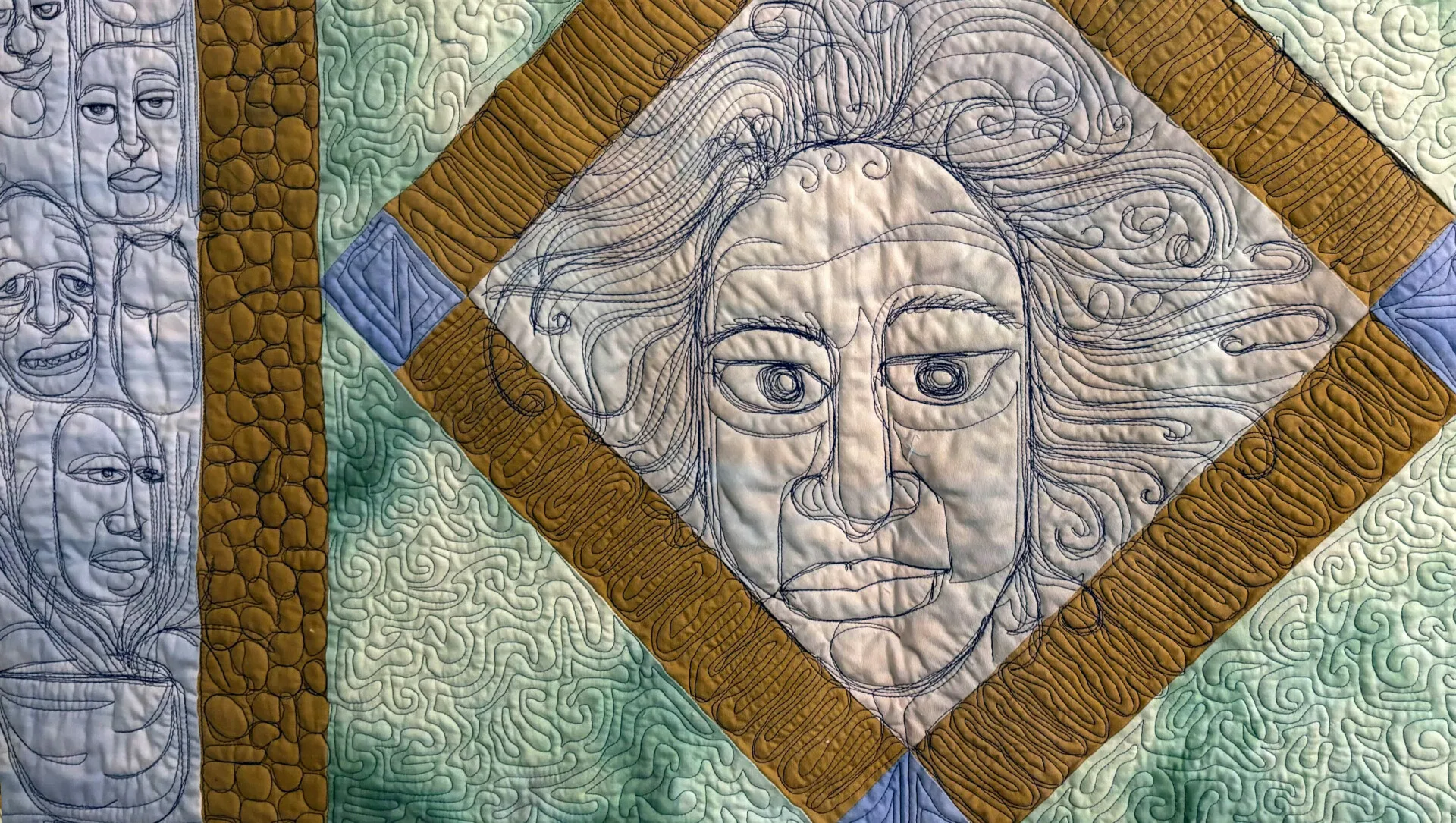
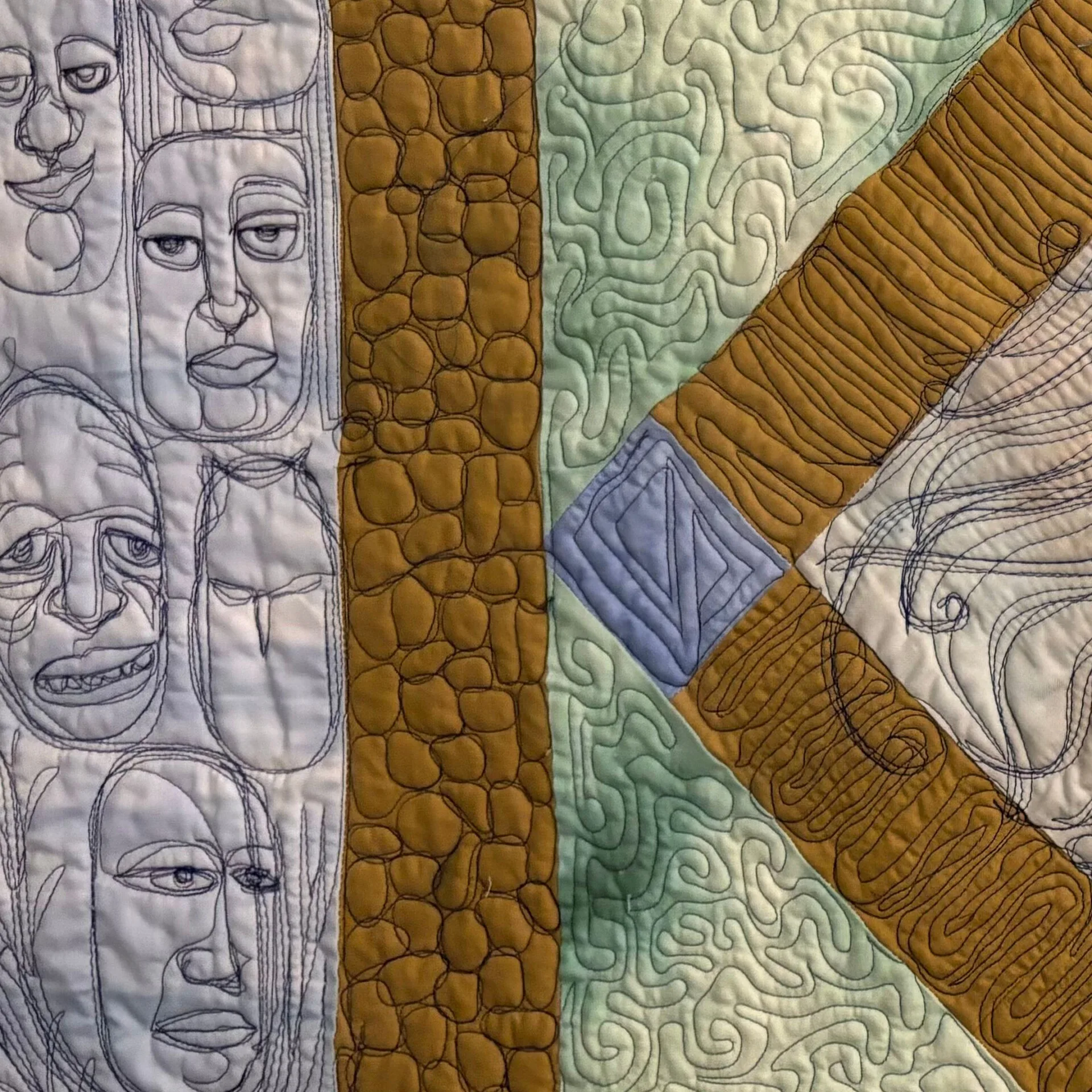
Nature inspirations
In Mr Turner’s Dragons, I made a woodcut carving of my maternal grandfather, Alexander Laurent Turner. I’ve been looking at this photo and frame since I was small.
It sits on my ancestor altar in my home. I made a woodcut of the photo, with plans to print it on paper and fabric.
I also focus on nature and combine this with my family work. I spend time photographing plants for reference material and drawing objects and people that might go into a piece someday.
I like using printmaking and dyeing fabric in support of this. Experimenting with the process gives me natural looking palettes and imagery, which then becomes a piece about my mother and her potted plants, such as in Beth’s Indoor Garden, or my father’s sister in her prom dress in an abstract forest that became Queen of the Forest.
I’m always researching black history for new material – stories about black people in nature are particularly important these days. For example, I once spent the day in a gun shop drawing an antique gun of the make used by the Buffalo Soldiers, the black soldiers who made up the 9th and 10th Cavalry Regiments.
This drawing became a pattern for the pistol in View from a Camp Table, a still life about the Buffalo Soldiers. This work is now in the collection of The James Museum of Western & Wildlife Art in St Petersburg, Florida.
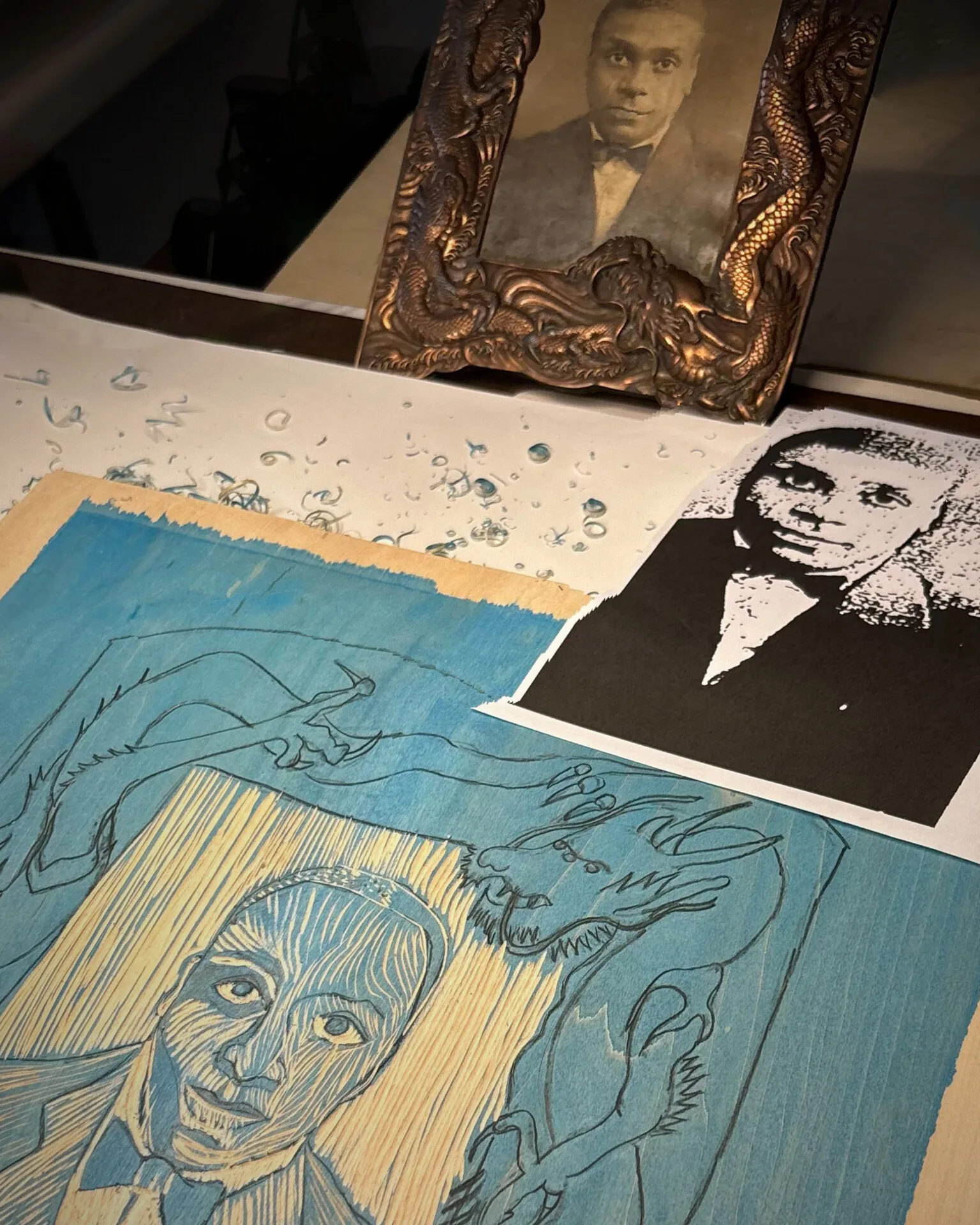
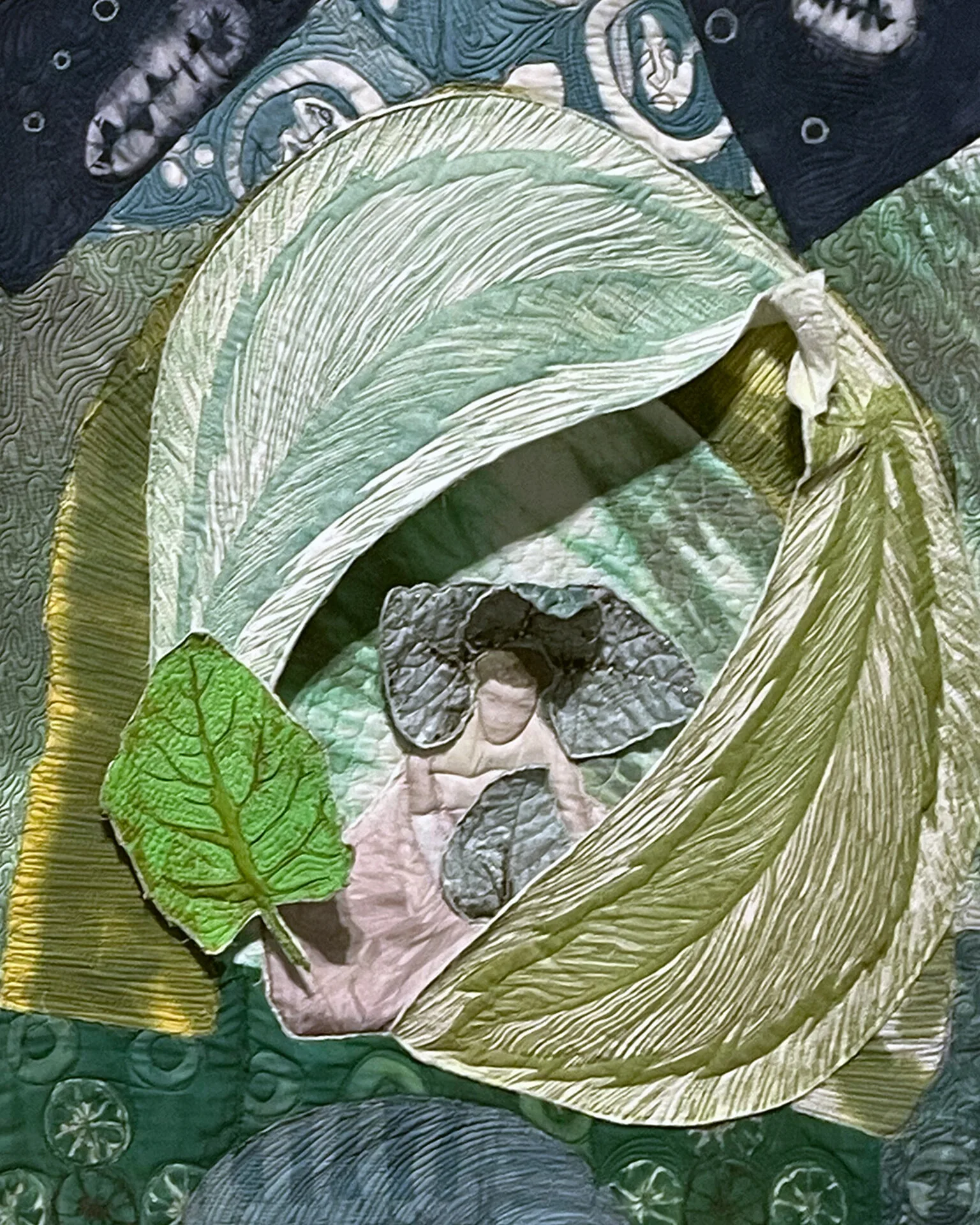
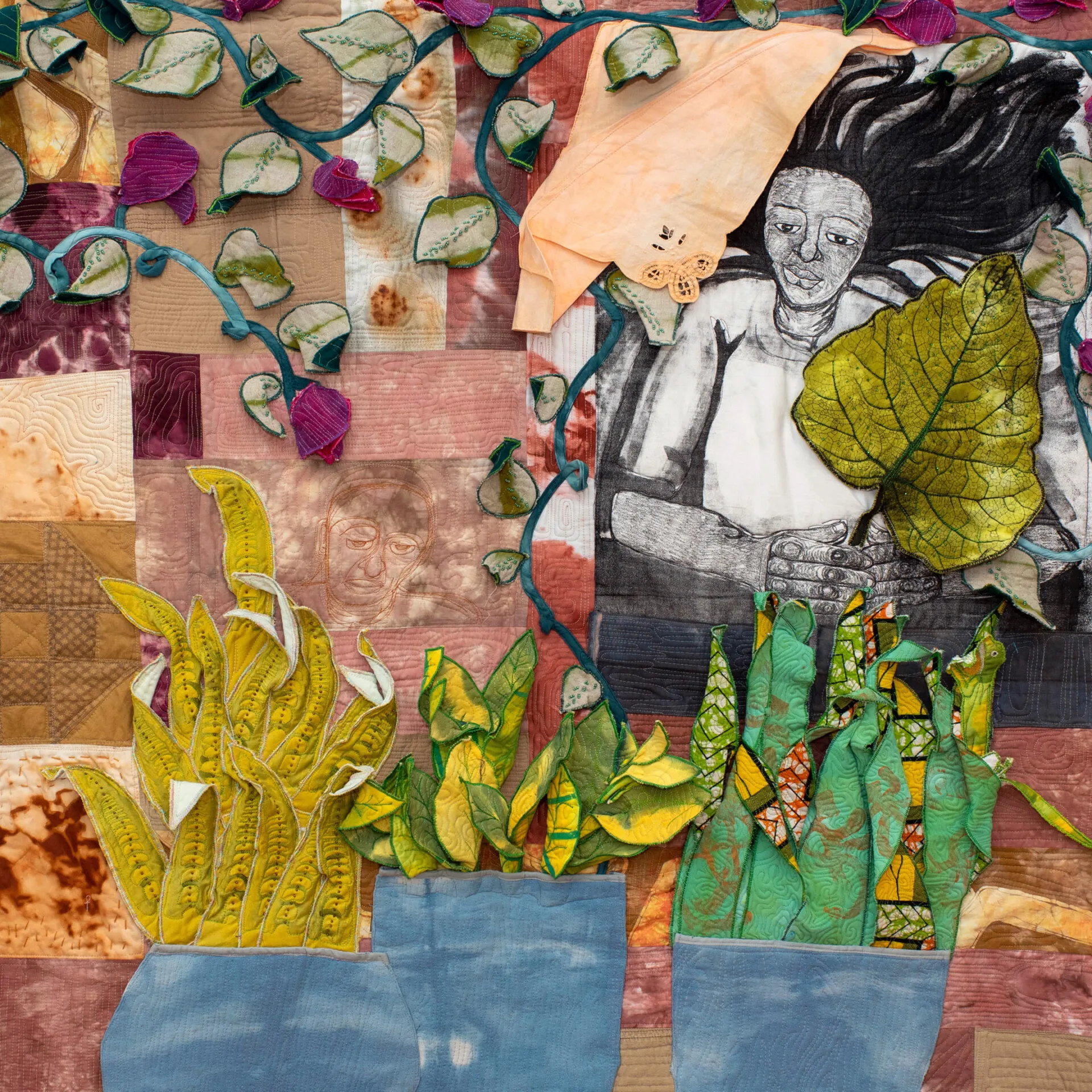
Sketch to stitch
I draw in a sketchbook all the time. Some sketches turn into quilts, either by scanning the drawing and printing it on fabric; by making a woodblock carving of the image that is printed on fabric; or fashioning a large scale figurative piece that starts from the sketch.
I started out hand piecing and quilting. I hand stitched many quilts, including king size quilts for my family. Now, I mostly use the machine for quilting because I do so many layers, and need the speed and efficiency to get through all the fabric I’m sewing.
I still use hand quilting and hand embroidery in my work. I love the textures created by handwork. Hand beading is really where I put in hundreds of hours. All the beading you see in my work is hand sewn by me. Beading is soothing and magical.
I use glow in the dark beads a lot. I can take it anywhere – doctors’ offices, gatherings – wherever I am I have a little bag with hand sewing, embroidery and beading supplies.
In my figurative work, I will start out drawing a large-scale image on a wall sized piece of paper. I like the images created this way – I must use my whole body to draw, not just my wrist and hand. My back, shoulders and whole arm are involved, and the lines are big, sweeping gestures.
When I have an image I like, I cut the paper into the shapes I’ve created and use these as patterns for the fabric. I sew the parts as mini quilts, the arms and legs, the faces, and then appliqué them to my background.
I may quilt the background first and then appliqué the figures on top, or I may save the quilting for last. Embellishments are usually added at the end – beading, couching and small 3D pieces that can stick out from the picture plane.
Artmaking for me is more than ‘sketch it out and reproduce the sketch’.
“I deliberately give myself time to respond to what I’ve made so far, and things then change within the piece. The result will be better than the original sketch or thought.”
Lauren Austin, Quiltist
I trust my process. I also understand that the work will never look like it does inside my head, and I’ve learned to accept that fact and be happy with the outcome.
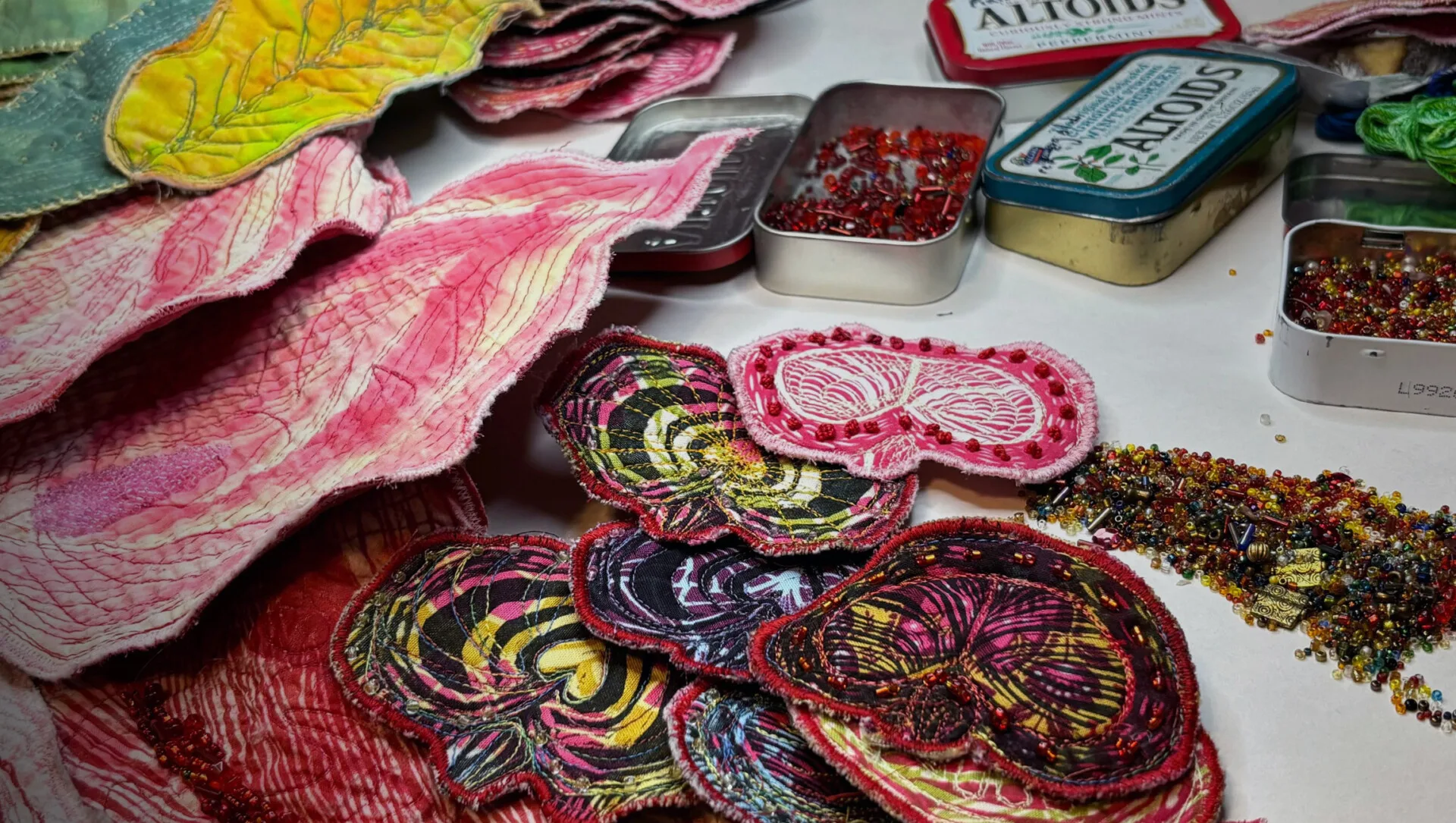
Favourite materials
I love mixing dyes and experiencing the surprise of colour when the final work is removed from the washer or dryer and the tie dye is unbundled. It probably won’t be what I envisioned, but that’s a good thing.
I have to work with what I have. Everything can be overdyed or overprinted to add more texture, more interest and to be useful – if not in this piece, then in future work.
I have a huge stash of fabric, mostly West African prints and my own hand dyed yardage. I also like vintage dress fabrics, especially silk and handmade lace. I know I can make more yardage in any shade I need, though I first try to use what I have. Okay, it’s an aspiration!
I buy white PFD (prepared for dyeing) yardage and fibre reactive dyes from Dharma Trading. Most of my threads come from Superior Threads and I use Warm Company’s Warm & White Batting that I buy by the bolt.
These suppliers have come through with quality goods for me for over 20 years, so I stray very little from what they make. I’ll try something new, but these are the ones I count on for my day-to-day work.
Make time for your art
I would say to any would-be artists, believe in yourself. Trust yourself. Listen to your heart. Critique yourself but be kind to yourself.
“Make work that comes out of your head. Don’t worry about the message – just make it!”
Lauren Austin, Quiltist
I have worked for a long time in the arts, and I still get ‘suggestions’ from others – what to make, how to market, all sorts of unsolicited ideas from people who make art and from those who do not.
I listen and then mostly ignore what people tell me. I know what I need to do: I just must make time to do it.
When I trusted myself to know what I needed to do, say sketching in public while on the subway, I became braver than I had been before. It ceased being important how people reacted to the work or to me, and became more about concentrating on what I was learning from teaching myself.
This is how I develop, change what I do and still stay true to my vision and to who I am. Aspiring artists, this approach will work for you!
“Caring less about what people think means I can experiment more, learn more, and come up with new ideas and work.”
Lauren Austin, Quiltist
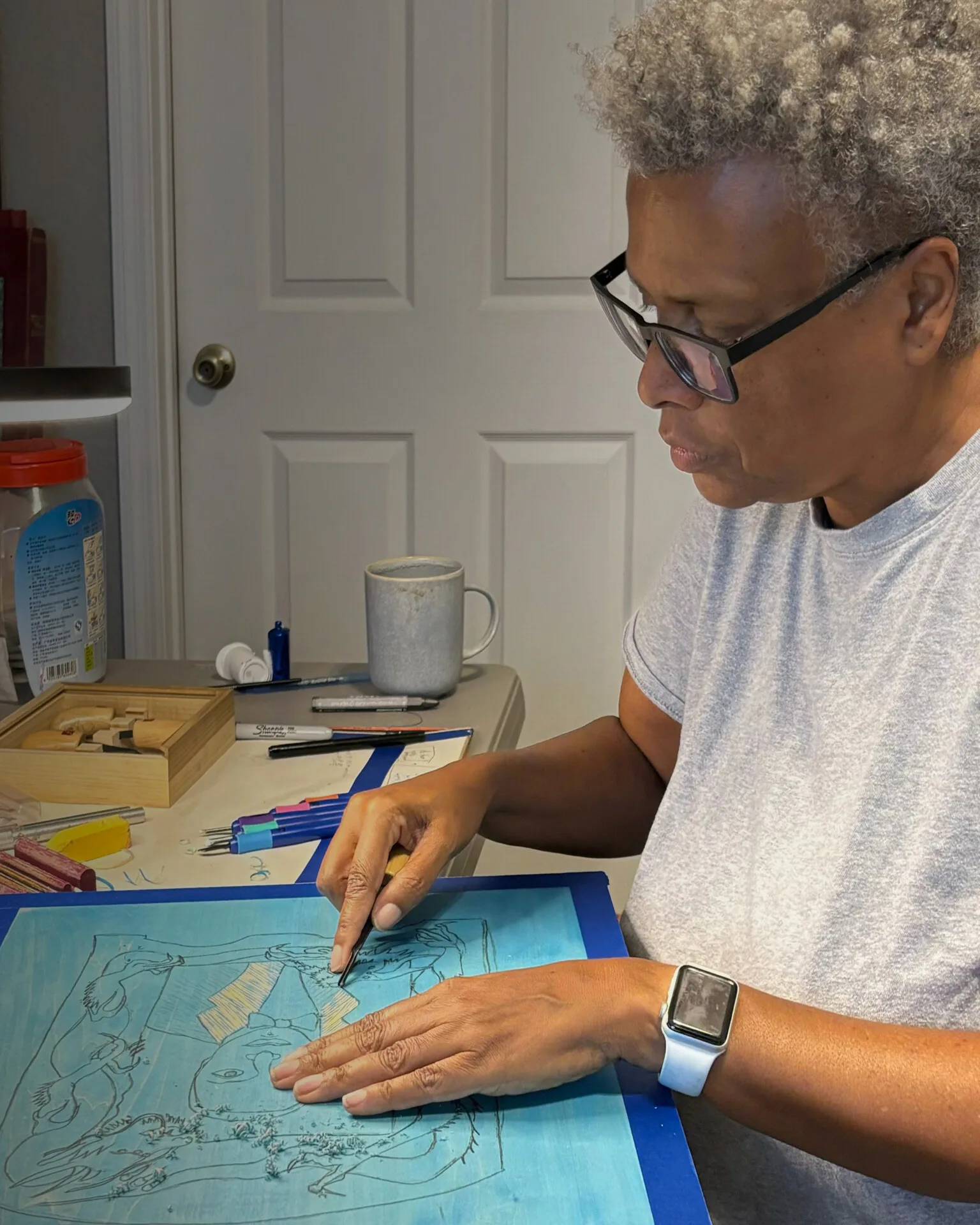
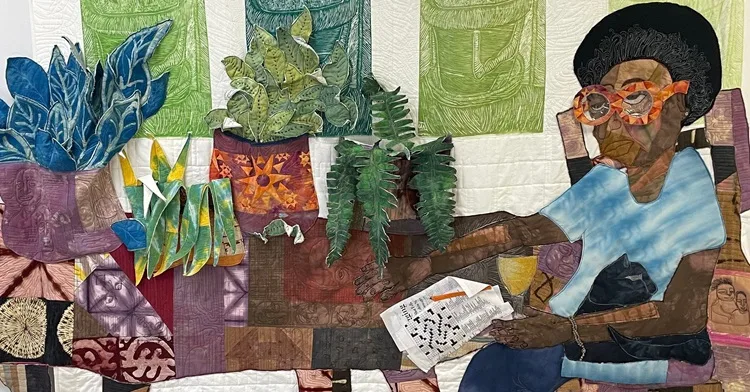
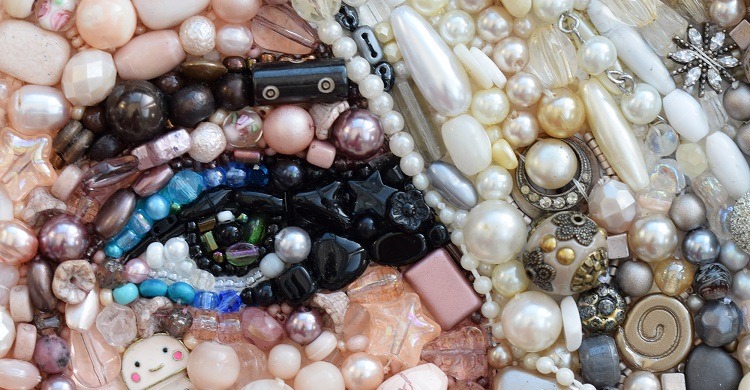
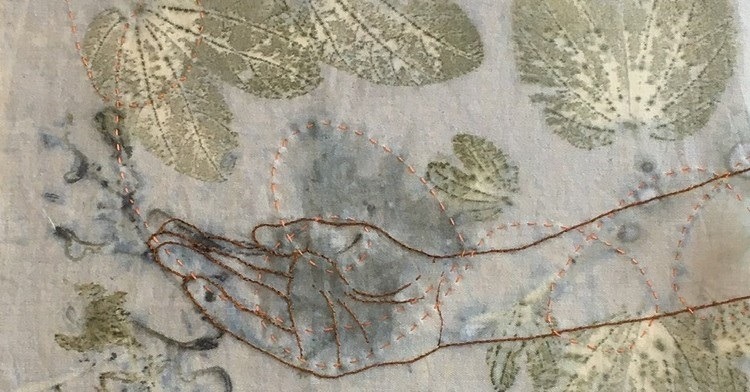
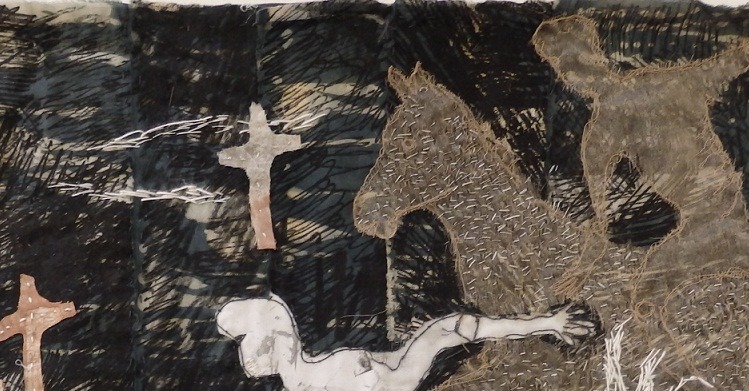
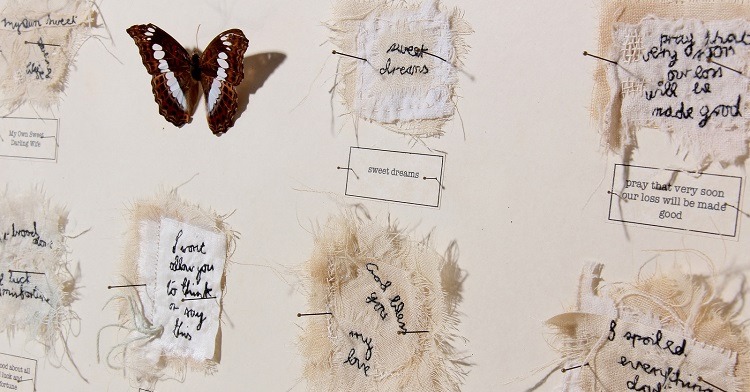
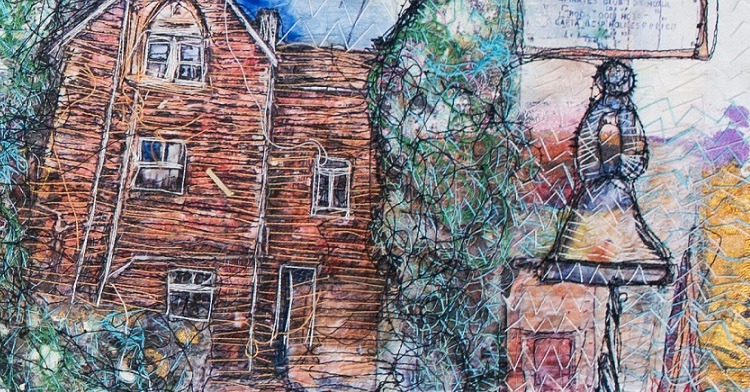
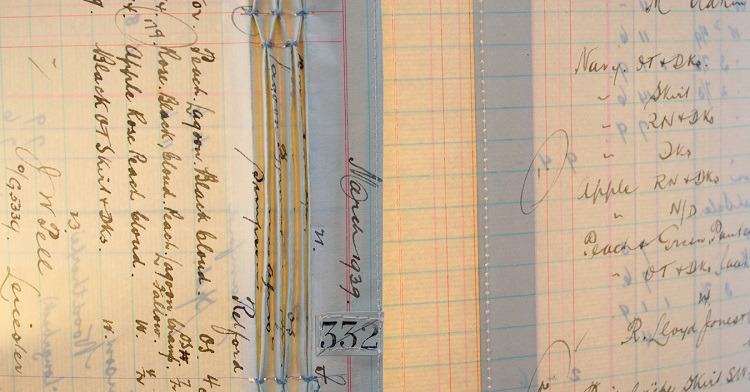
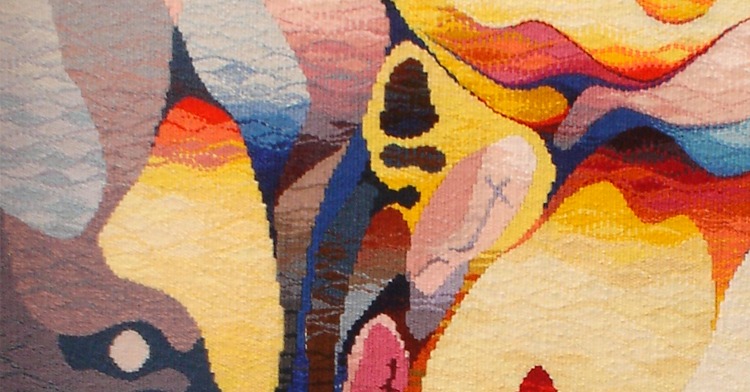
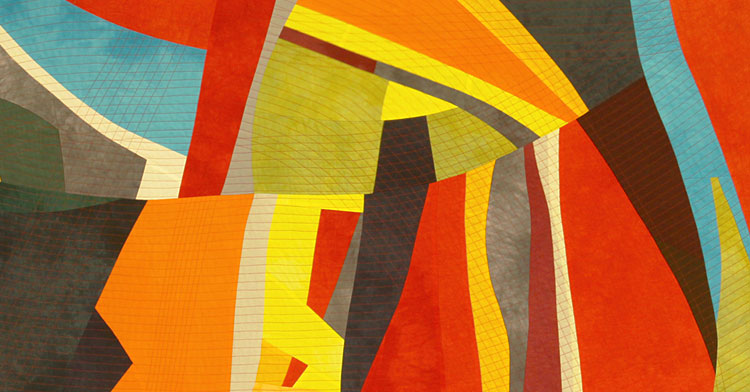
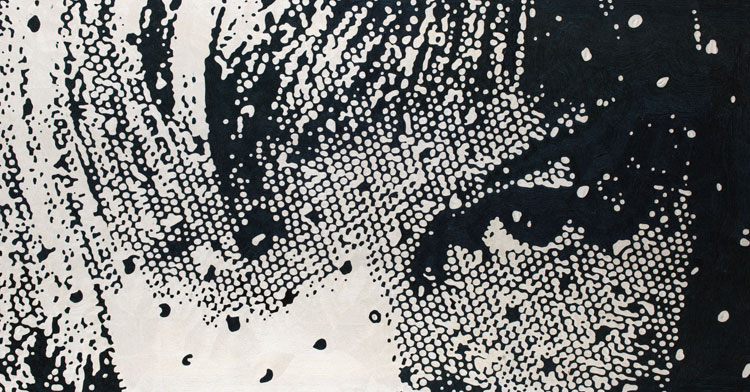
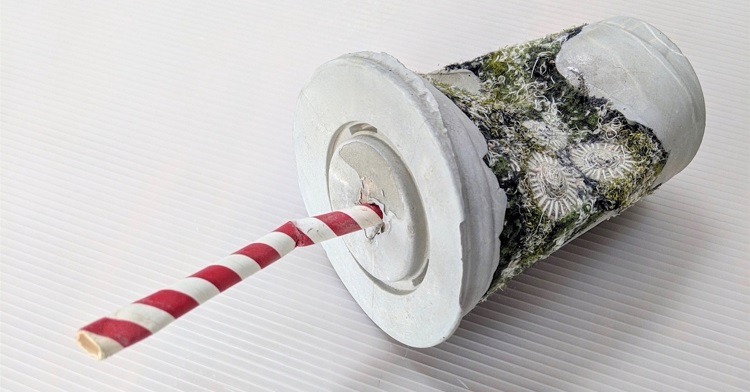
10 comments
Siân Goff
Lauren Austin is such an inspirational artist. Thank you for all your comments – I’ve really enjoyed reading them. Let’s continue to celebrate Lauren and her wonderful work.
Deloris Guttman
I’m embarking on creating a Photo Ancestral Quilt to honor the Birthplace of the 44th U.S. President Barack Obama. I have designed the Quilt Crest. The purpose of the quilt to showcase 400 + years of history with the world.
Siân Goff
This sounds wonderful. Please do share it with us when your piece is finished!
Mary McBride
I’ve watched her grow in confidence and conviction. A terrific artist, teacher, storyteller and friend! Bravo!
Michelle R Smith
Lauren is a beautiful person and artist. Her love for beauty, truth and meaning are apparent in all her pieces. She is phenomenal – thank you for sharing her story.
Pamela Johnson Watson
Such an inspiring article about a gifted and committed artist. You are your own muse and the things that are important to you are evident in your beautiful creations. You shine a light on the joy of making art!
Sherry Whetstone
My dear talented Lauren you continue to inspired me though your art and wise observations of life. I never get tired of exploring your art. Never ever stop creating art!!
Kay
Very inspirational. Lauren’s story has encouraged me to start working on my art again.
Pamela A Rogers
I love her story. Very inspiring and courageous to give up her “day Job” and pursue her true passion.
Sandra Fitzpatrick
Such an enjoyable story about a very inspiring woman. Thank you